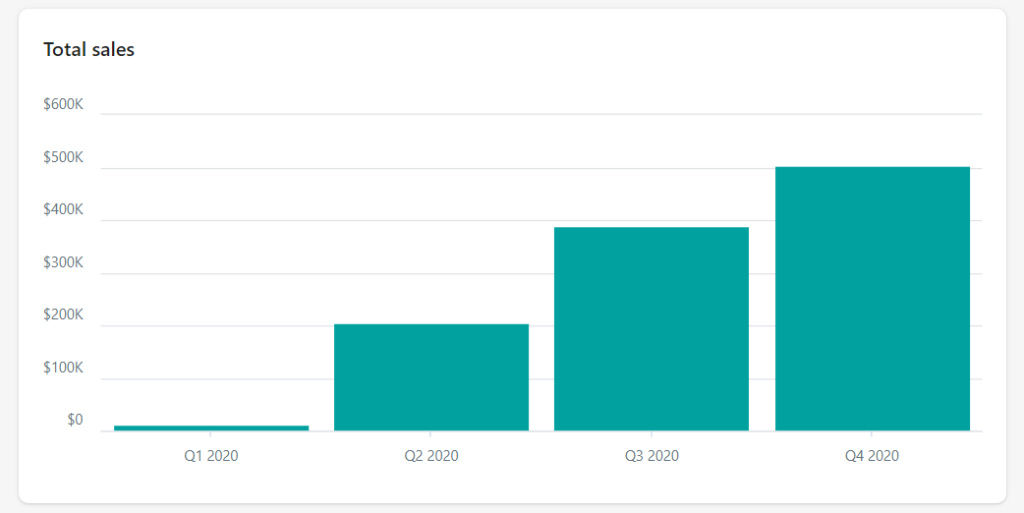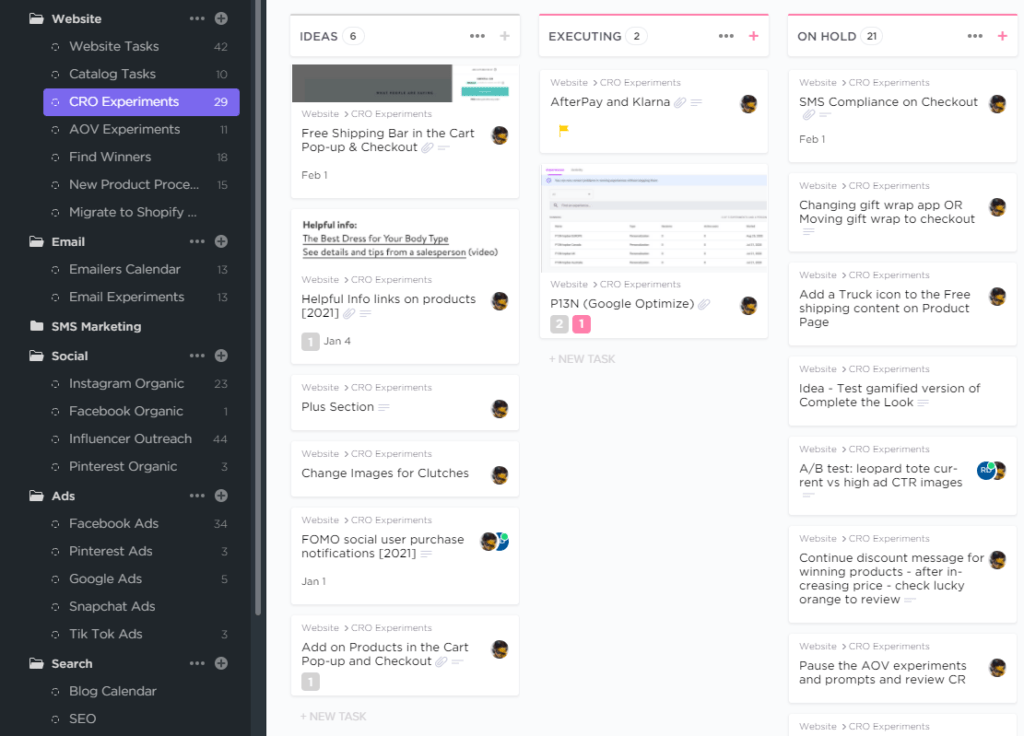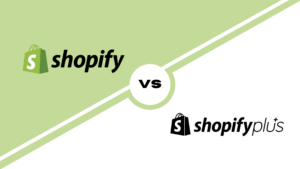This is a complete case study about how Mapplinks took a new eCommerce brand from scratch to the first million dollars in revenue.
Business Overview
The business was launched online at the end of 2019. The brand is a real business that owns everything, including manufacturing, workers, factories and it’s NOT a dropshipping store.
The business is in the fashion industry with the main target audience as females in the US. However, using our online store success, we expanded to other big target markets after the first few months.
The main products we sell are women’s clothing and bags.
Timeline Overview
Here is a snapshot of how the first year in business looked like:

As you can observe in the sales snapshot, we had a beautiful growth curve quarter by quarter. We did around $500k in the first 3 quarters combined and $500k in the 4th quarter alone.
In the next section, we will deep dive and cover the complete marketing strategy we used by each quarter and what we focused on.
Quarter-wise Marketing Strategy for eCommerce growth
Q1 Strategy: TEST AND LEARN
The first quarter was pretty much just launching and testing. The 2nd quarter wasn’t great too. This shows the importance of patience required in the first few months of eCommerce. For some brands, this time period could be longer than others. Just keep testing and you’d get there.
In this quarter, we focused on:
- Testing products and creatives on ads
- Conversion Rate Optimization experiments on the website (Learn more about CRO here)
- Testing various price points in a given pricing range
- Finding our ideal audience persona
- Setting up email marketing automation like welcome flow and abandoned cart flow
- Writing better, SEO optimized product descriptions
We also had to deal with the brakes COVID put on our shipping and delivery but we would eventually overcome it.
Q2 Strategy: EXPERIMENT AND IMPROVE
In the second quarter, we started to see cash flow. This wasn’t necessarily always a high-margin business as we were experimenting a lot on ads at this point. We knew most of the ad experiments would fail but the successful ones would help us scale in the future – this is why we decided to keep experimenting. During this time, email and organic social media started to cover up for the ad spend so we were getting close to break even.
In this quarter, we focused on:
- Testing creatives for the products that we found to work well (some use the term winner products)
- Understanding our ideal AOV (target average order value)
- We doubled our conversion rate and continued CRO experiments
- Email automation were getting revenue so we started email campaigns
- Organic social media posting and the content calendar was put in place
- On the product side, we also launched new collections
Q3 Strategy: OPTIMIZE AND DIVERSIFY
Going from Q2 to Q3, we nearly doubled our performance in all areas. We could improve our conversion rate, average order value, as well as ad ROAS. This was the quarter when we first saw the sales coming in from influencers as well as organic search. These were 2 channels that were not very fruitful in the first 6 months. This is because SEO results take time and to get good influencers on board, you have to be able to convince or afford them. By this time, we had started diversifying our sales channel and reduced a complete dependency on ads to some extent.
This quarter, we focused on:
- Optimizing our Conversion Rates
- Shortlisting the key winner products
- Implementing an effective scaling strategy on ads
- Finding the best performing email campaign styles
- Running experiments on Klaivyo email automation to improve results
- Onboarding, collaborating, and measuring influencer sales
- Reviewing keywords through SEMRush that were getting us organic SEO sales and improving their presence on search further.
- We also experimented with some new ad platforms.
Q4 Strategy: LEVERAGE AND SCALE
By this quarter, we had developed multiple assets that we could leverage – a huge email list, connections with influencers, performing search keywords including both branded and some non-branded keywords, a good brand image with our audience (kudos to product delivery and quality), a decent social media following, and a lot of pixel data for remarketing and ads.
In this quarter, we focused on:
- Promoting discounts and offers through email campaigns
- Running offers and contests on social media
- Running live giveaways and other product live streaming sessions
- Scaling ad funnels that we had built in Q3
- Scaling our winner product ads
- Year-end sale offers
- Adding new ad platforms that we had been building up slowly over Q3
That is how the marketing strategy for our eCommerce business evolved over the duration of the first year which is the year we went from zero to $1M in revenue.
The year was profitable, however, the profit margins were not very high. This was to change in 2021 as in the first quarter of 2021 (and at the time of writing this case study), we have hit our profit margin target as well by improving our ROM (return on marketing) and ROAS (return on ad spend) significantly.
Just remember the more you test initially, the better returns you can expect eventually.
Key marketing metrics we focused on
A marketing strategy is incomplete without knowing how you’re supposed to judge its effectiveness.
This is where marketing metrics come in.
For this client, we focused on the following metrics in the first year:
- Month-on-month traffic growth rate
- Revenue per website visitor
- Month-on-month email list growth rate
- Revenue per email subscriber
- The profit margin on sales
- Revenue per dollar of ad spend
- Organic social media growth rate
- Revenue per social media follower
- Cost per influencer collaboration
- Revenue per influencer collaboration
These 10 metrics cover the website, email, social media, and influencers.
For ads we focused on the following metrics:
- Daily ad spent
- Daily sales from ads
- ROAS (return on ad spend)
For overall performance we focused on the following metrics:
- Conversion Rate
- Average Order Value
- ROM (Return on Marketing)
Return on Marketing is the main umbrella metric that shows the performance of all the marketing efforts.
This is handy for clients to judge your performance as a marketing agency and can be calculated even on a day-to-day basis. This is especially useful if you’re, like us, handling the entire marketing for a client.
It can be calculated as (total revenue) / (total marketing expense).
This is also a very helpful indicator of how profitable your business will be with the marketing campaigns you’re running. You can adjust your marketing strategy or campaigns and budgets accordingly if you’re not happy with the number at any time.
Top 5 Tools we recommend
During this year, we tried using multiple tools to help us with our growth journey. Finding the right tools accelerates the growth process and helps you grow faster with a leaner team.
Some of the tools we tried didn’t work for us at all. While others were key to our growth curve.
Here are the top 5 tools we found to be the best and we would recommend them for other eCommerce clients too:
- Shopify for the eCommerce store
- Klaviyo for email marketing
- ActiveCampaign for email marketing (alternative)
- Clickup for marketing management
- SEMRush for organic SEO
Top 5 Marketing Process Learnings
1. The Importance of Documentation: Document Everything
One of the most important things to do on your journey is Documentation.
We used Clickup to track and document every experiment we did and later documented how it performed.

This helped us understand what worked best and keep a record of everything that worked or didn’t work in the past.
The above example shows our CRO experiments board. Conversion rate is one of the most important metrics for your eCommerce store and your entire business revolves around it.
You can get the complete course on eCommerce CRO created by our eCommerce marketing experts here.
2. It’s all about the product-creative-price-audience (PCPA) fit
We realized that all our revenue comes from multiple sales funnels within our eCommerce store.
And each sales funnel is a result of a Product-Creative-Price-Audience fit.
This means, for each sales funnel:
- There is a product that works well and is usually a catchy product compared to other products in the catalog
- It sells the best using a certain creative on ads (this can be an image or a video with good copy)
- It sells best at a certain price point. This needs to be tested and found.
- It sells best to a certain audience. Multiple audiences need to be experimented with on ads to find the right one.
Note that it’s not that all other products won’t sell from the catalog. It’s just that a few products will create the most high-volume sales funnels. The rest of the catalog will get sales too but as a result of the traffic coming from the ads of the main winner products.
The distribution follows Pareto’s principle and most sales will come from the winner products of each collection.
3. Most high-margin marketing channels take time to grow
While ads are great for eCommerce businesses in the customer acquisition phase, and ads can drive great profit margins too when executed well.
It is worth noting that organic social, SEO, and email will always have higher margins and the sales from these channels don’t need recurring spending in terms of paid acquisition.
This also means that returning users will also be higher-margin buyers if they’re coming from remarketing channels like email and SMS.
However, these channels rely on the customer acquisition from ads, or on organic efforts that take time to show results.
Hence, eCommerce businesses should:
- Experiment a lot in the early months without thinking about profit margins
- Once sales funnels have been found, try to optimize the campaigns to get higher ROAS
- Improve profit margins at the ad level itself in the first year of business by focusing on ROAS optimization
- Recover any ROAS dip from other channels like email, SMS, social media
- Continue building organic channels like search and social even if they don’t show immediate returns in the initial months.
4. You’re always just one marketing experiment away from a better eCommerce business
This one is true for all businesses.
The worst thing you can do is stop experimenting.
Even when you think you have achieved the optimal metrics from a particular marketing channel, you should continue experimenting.
In fact, that’s the time you should do it even more.
Remember that each small experiment can be scaled to drive massive results for the business.
5. In the first year of your business, focus on acquisition as much as possible and don’t get distracted by other marketing campaigns
This is especially true if you’re working with clients.
Clients often like to implement every small idea that they come across on other brands they like to be executed on their own eCommerce store.
This is why it’s important to make it clear for the client which stages their business is in.
For example, if most of your revenue is coming from purchasers (not returning customers), then you’re in the acquisition phase.
And in this phase, things like loyalty programs and reward point programs will have very little to no impact.
If you’re working with a small team, it is better to use your limited resources and time to execute more acquisition experiments.
Once the returning customer share of sales improves, you can start focusing on new retention and referral experiments in the future.
For the first year, just improve your acquisition, make sure you’re delivering high-quality products quickly and handling customer requests efficiently.
If you’d like to hire us for eCommerce marketing for your brand, feel free to connect with rishabh@mapplinks.com.
All the best!



